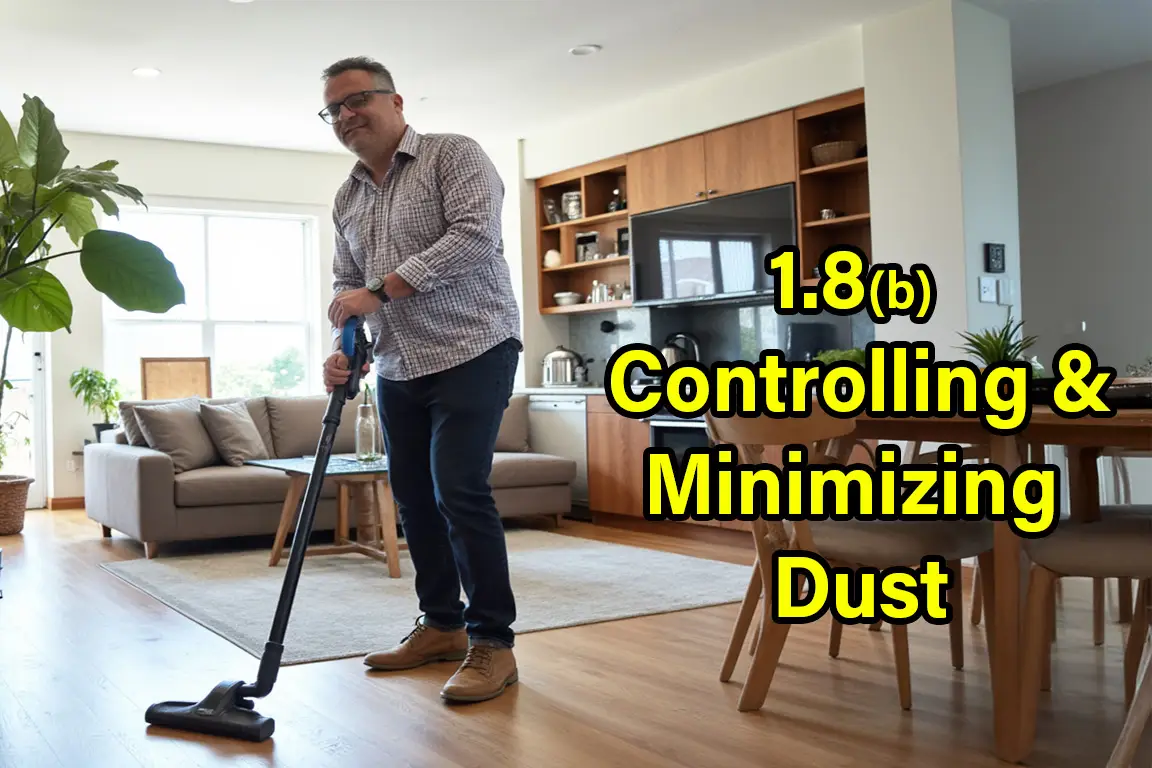Dust accumulation in homes is not only unsightly but can also pose significant health risks, particularly for individuals with allergies, asthma, or other respiratory conditions. Comprising particles like dead skin cells, pollen, pet dander, and even mold spores, dust can exacerbate health issues and degrade indoor air quality.
This course delves into the sources of household dust and offers practical, evidence-based strategies to control and minimize its presence. From understanding the role of HVAC systems to implementing effective cleaning routines, participants will gain the knowledge needed to create a cleaner, healthier living environment.
Course Objectives
By the end of this course, participants will be able to:
- Identify Common Sources of Household Dust
- Understand how activities, materials, and environmental factors contribute to dust accumulation.
- Implement Effective Dust Control Strategies
- Learn techniques such as using high-efficiency particulate air (HEPA) filters, sealing entry points, and maintaining optimal humidity levels to reduce dust.
- Establish a Regular Cleaning Routine
- Develop a cleaning schedule that includes dusting with microfiber cloths, vacuuming with HEPA-filtered vacuums, and washing textiles to minimize dust buildup.
- Optimize HVAC Systems for Dust Reduction
- Gain insights into selecting appropriate air filters, scheduling regular maintenance, and ensuring proper ventilation to control dust levels.
- Address Specific Dust Challenges
- Explore solutions for managing dust in high-traffic areas, homes with pets, and during seasonal changes.
This course equips participants with the tools and knowledge necessary to effectively control and minimize dust in their homes, leading to improved air quality and overall well-being.

